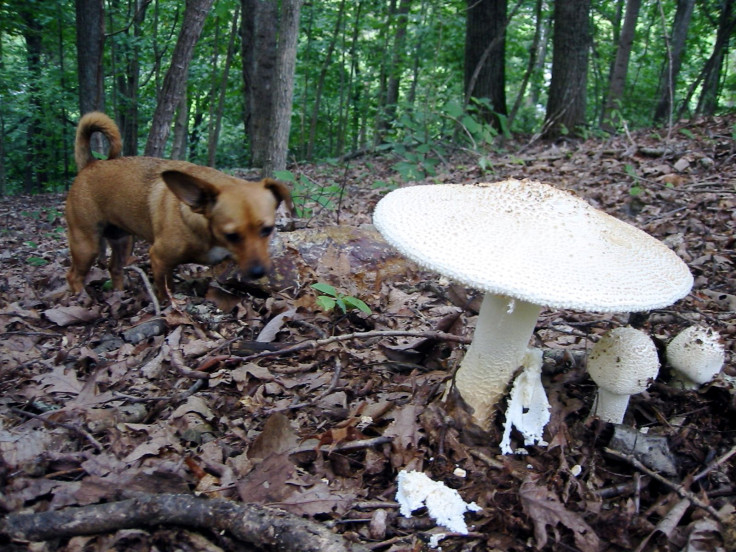'Chicago Disease' Worse This Year As Area Canines Face Fungal Attack

A worse than average incidence of the so-called "Chicago Disease" is alarming dog owners in the Second City this year, as more canines develop the fungal disease blastomyces dermatitidis.
Veterinarians say only half of dogs exposed to the fungal disease survive the illness. "It's definitely something pet owners need to be aware of," Seth Ghantous, a veterinarian and internal medicine specialist, told reporters.
The fungus thrives in moist conditions in wooded areas, within decomposing organic matter such as wood and leaves. Although many people don't get sick after inhaling airborne fungal spores from the organism, lung infection is a risk. Symptoms of blastomycosis are similar to influenza, and the infection may become serious if untreated. Dogs may become infected by inhaling spores as they nose around in the woods during ideal conditions for the fungus in spring.
"They get their noses in dirt," Ghantous said. "Where there is blasto[mycosis]."
Once inhaled, the fungal spores then proliferate in the body, targeting the lungs, eyes, and skin in particular.
Dog owner Patrick DeHaan reported that his dog Prince had lost his sight just days after exposure to the fungus. "It's been rough," DeHaan. "It's um ... you know it was obviously very hard."
Springtime in the Chicago area provides an ideal environment for this type of organism, veterinarians say. "The lake has something to do with it," Ghantous said, "because soil by the water is the primary place to get that disease."
Dogs exposed to the fungus may develop a limp, skin lesions, or a cough.
A majority of cases are seen in the spring because the conditions are ideal for the fungus. "There really is not a great way to prevent this from happening, unless you are going to put your dog in a bubble, and not let them do dog things."
Treatment isn't much better, either, with expensive veterinary bills and tough survival chances. Ami Smith, who manages an area veterinary clinic, said her dog Delilah developed the infection and nearly died. "We didn't think she was going to make it, only 50 percent of them survive," Smith said. "It was horrible. I sat there with her every day, in tears."
Smith spent more than $20,000 to treat Delilah during the year-long illness, which included a five-day stay at the veterinary intensive care unit and oral medications costing $800 per month.



























